When you think of military aircraft, speed often comes to mind – supersonic jets streaking across the sky. But sometimes, in the complex world of aerial warfare, being fast isn’t the priority; in fact, being slow is a deliberate design choice, a strategic advantage.
These are the unsung heroes of the air, purpose-built to hover, observe, or unleash precise firepower with unhurried precision. Join us as we explore five fascinating military aircraft where lingering, not lightning speed, was the key to their unique and vital missions.
1. A-10 Thunderbolt II “Warthog”: The Loitering Tank Buster
The iconic A-10 Thunderbolt II, affectionately known as the “Warthog,” is the epitome of an aircraft designed for deliberate, low-speed combat. Built around its monstrous GAU-8 Avenger gatling gun, the A-10’s primary mission is close air support (CAS).
Its robust airframe, twin-engine configuration, and straight wings allow it to fly slowly and loiter over the battlefield, delivering devastating firepower against ground targets.
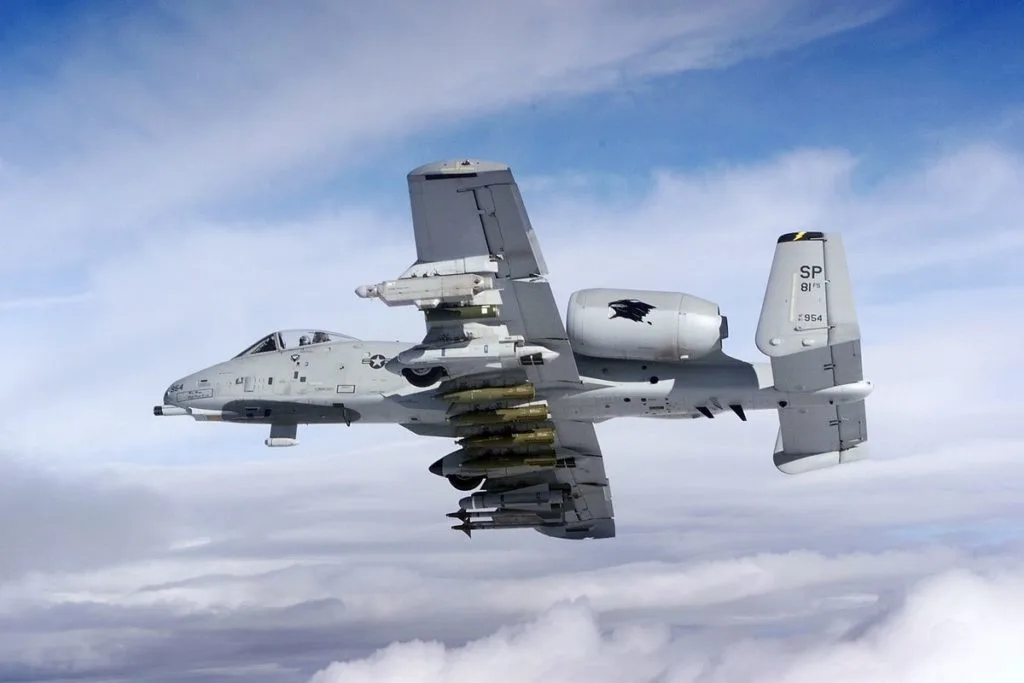
2. Antonov An-2 “Colt”: The Unstoppable Biplane Workhorse
Often called the “Colt,” the Antonov An-2 is a truly legendary utility biplane from the Soviet era. Its design prioritized incredible STOL (Short Take-Off and Landing) capabilities and operational flexibility over speed.
With a stall speed lower than some cars can drive, the An-2 can practically hover in a strong headwind. This deliberate slowness allows it to operate from virtually any
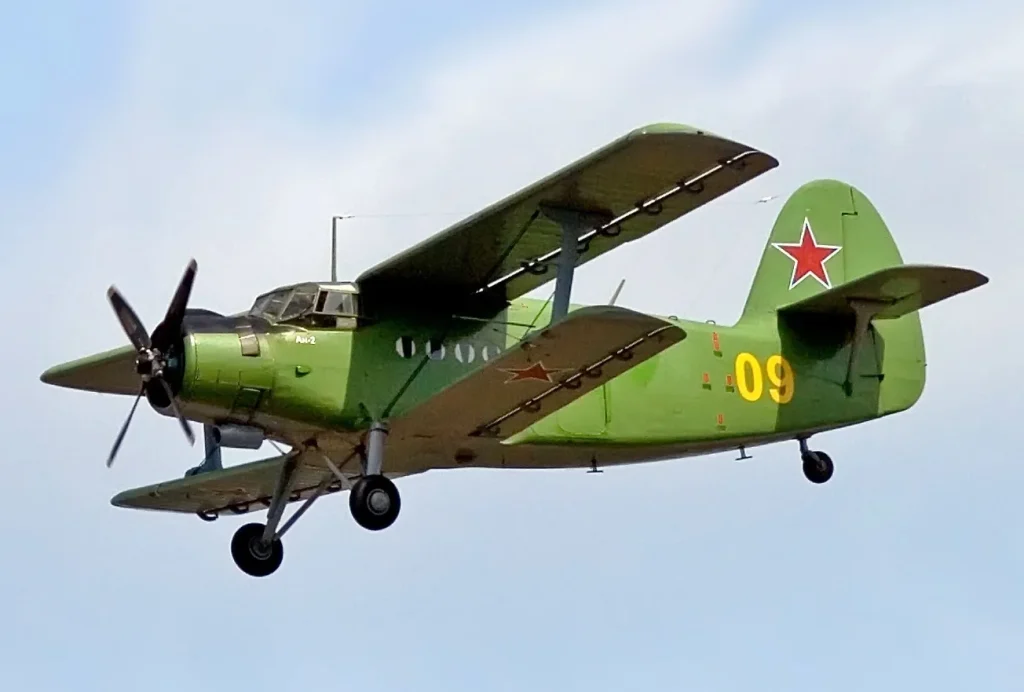
3. Lockheed U-2 “Dragon Lady”: The High-Altitude Wanderer
The Lockheed U-2 “Dragon Lady” might be a jet, but its operational profile demands an astonishingly slow pace at extreme altitudes. This iconic reconnaissance aircraft is designed to linger high above enemy territory for hours, collecting vital intelligence.
To achieve maximum endurance and sensor performance, the U-2 flies incredibly close to its “coffin corner” – the narrow margin between stall speed and critical Mach number. This requires precise, slow-speed handling, making its pilots some of the most skilled in the world.
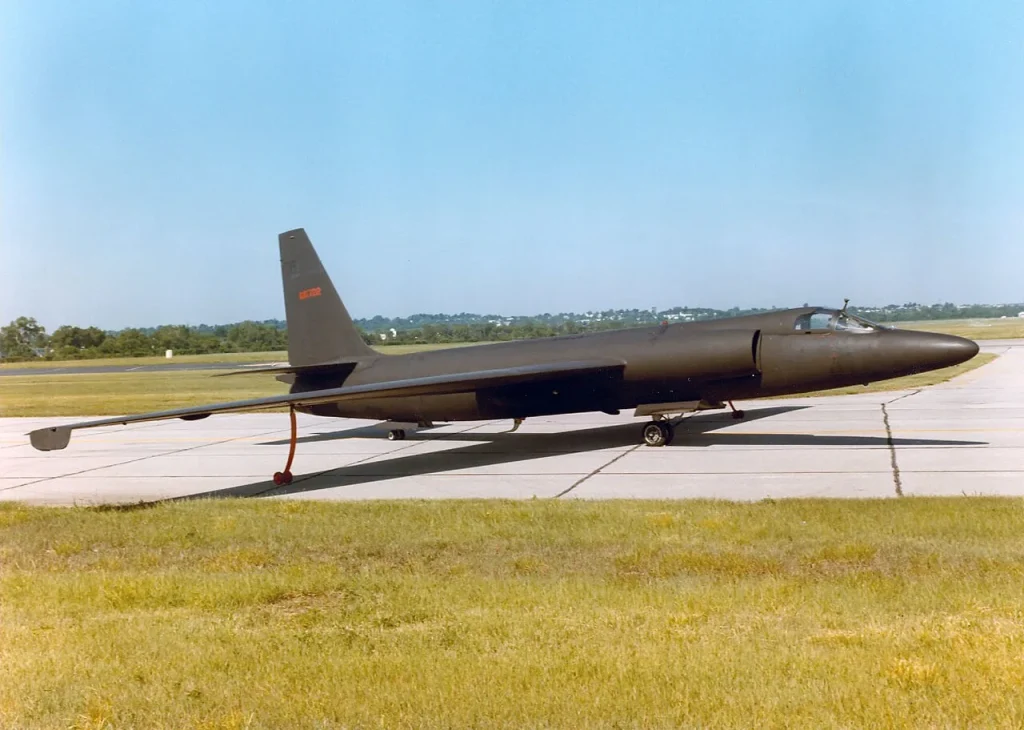
4. Grumman E-2 Hawkeye: The Eye in the Sky
The Grumman E-2 Hawkeye is the U.S. Navy’s dedicated airborne early warning and control (AEW&C) aircraft, instantly recognizable by its massive, rotating radar dome.
For its mission of providing continuous radar surveillance and command and control for carrier battle groups, speed is secondary to endurance and sensor effectiveness. The E-2 is designed to fly long, slow orbits, extending its “eyes” far beyond the fleet.
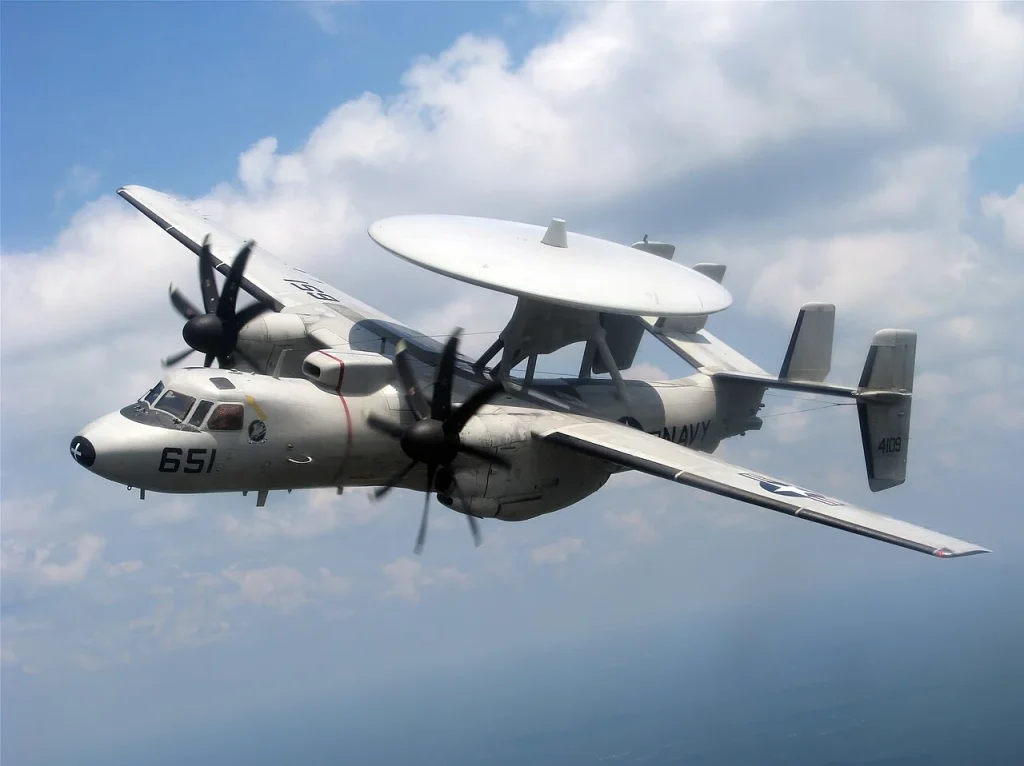
5. Boeing E-6 Mercury: The Submarine Communicator
The Boeing E-6 Mercury, based on the venerable Boeing 707 airframe, is a crucial component of the U.S. strategic nuclear command. Its mission is to serve as an airborne communications relay for ballistic missile submarines and as a potential airborne command post.
To achieve its primary function of trailing a massive, miles-long antenna for very low frequency (VLF) communication with submerged submarines, the E-6 must fly in deliberate, long, and often slow elliptical patterns.
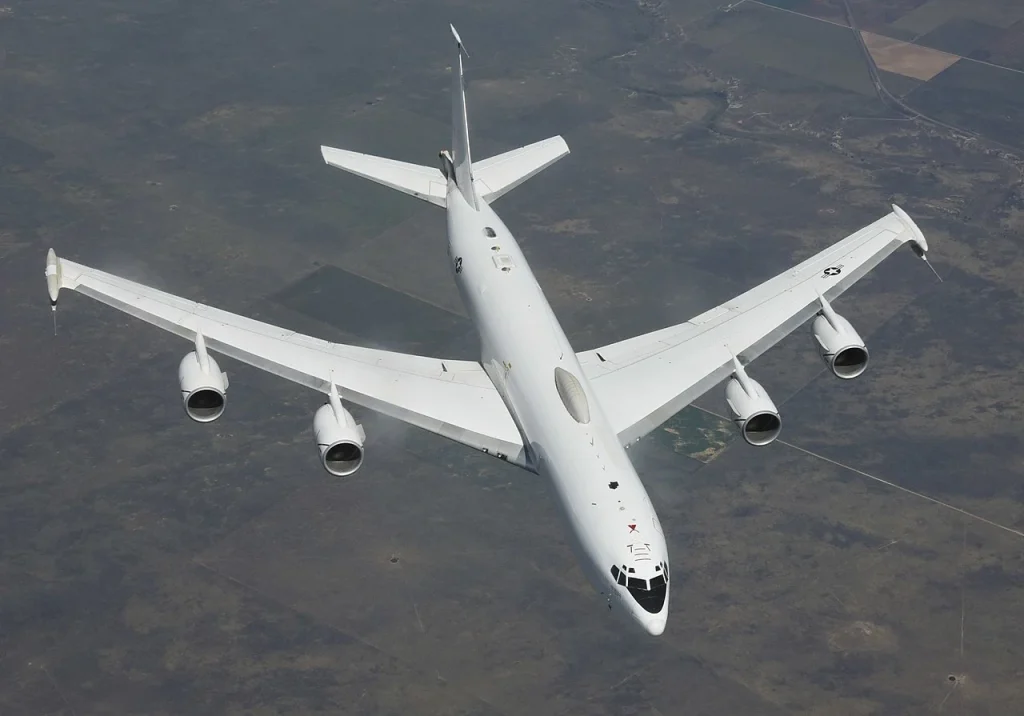
These incredible military aircraft prove that in aviation, speed isn’t always king. From tank-busting to high-altitude spying and critical communication, a deliberate slow design offers unique tactical advantages.
These “lingering legends” are true marvels of aviation engineering, each perfectly optimized for missions where patience and precision outweigh raw velocity.
Which of these slow-by-design military marvels do you find most surprising or effective? Share your thoughts below and check out more of our stories!








